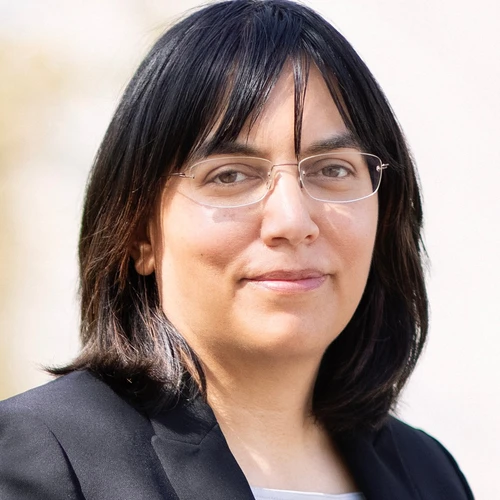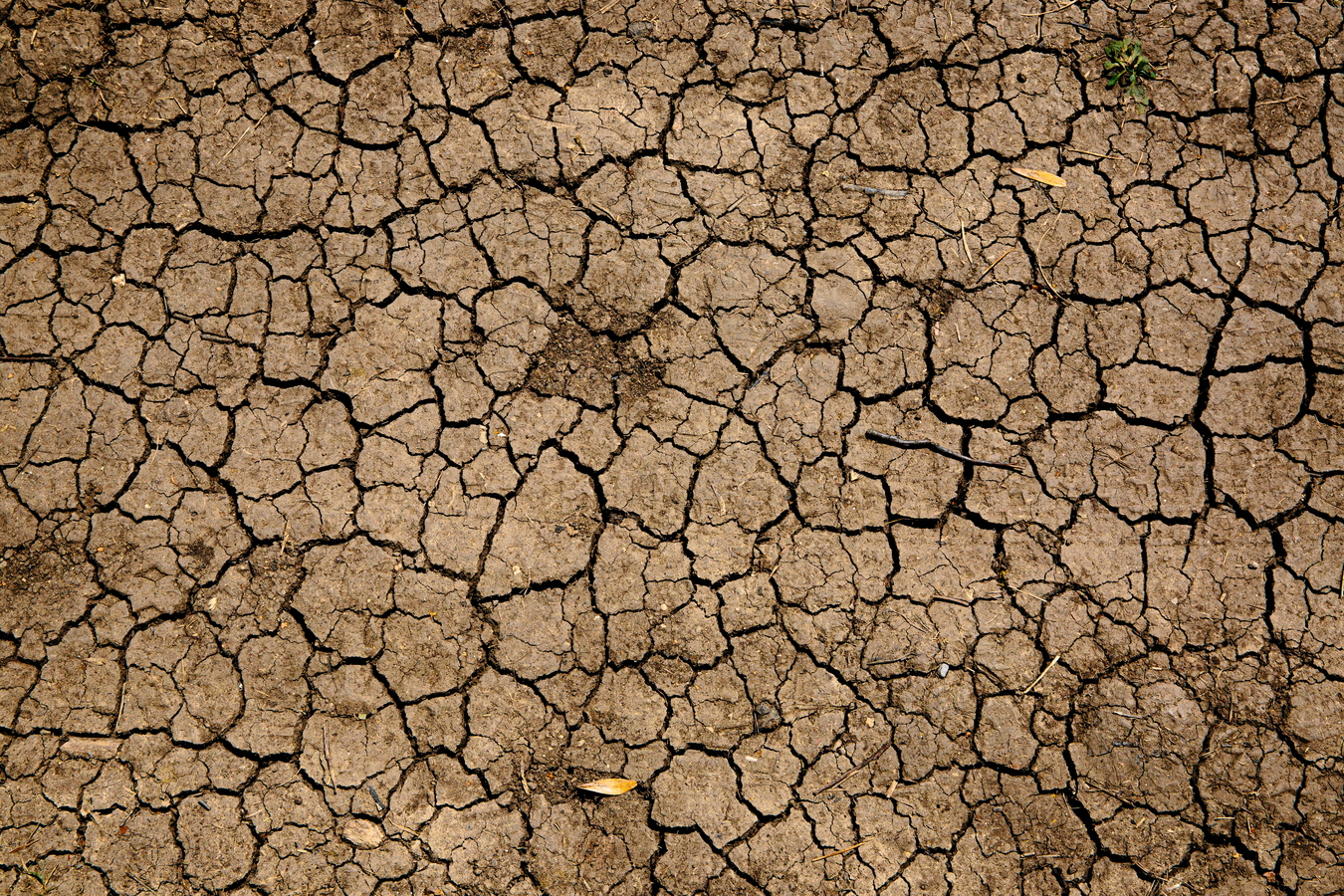Overview:
In this presentation, I will provide an overview of recent developments in research on climate extremes, including the main conclusions of the 6th Assessment Report of the Intergovernmental Panel on Climate Change (IPCC AR6). For the first time, a full chapter of an IPCC assessment report was dedicated to the topic of weather and climate extremes (Seneviratne et al. 2021). The newest evidence shows that changes in extremes are observed in all regions of the world and that human influence strongly contributed to observed trends. With every increment of global warming, changes in extremes become larger, with important implications for changes in heatwaves, heavy precipitation, droughts, and tropical cyclones, depending on the region.
The evidence of observed and projected changes in droughts and heatwaves has particularly strengthened in recent years. All regions are projected to be affected by multiple changes in climate extremes and other climatic impact drivers with increasing global warming, in particular at 2°C of global warming and above. Limiting global warming to close to 1.5°C, as set as aim in the 2015 Paris Agreement, would be critical to avoid impactful increase in climate extremes, and would require immediate decreases in greenhouse gas emissions and fossil fuel burning. The latest evidence suggests that the first needed steps can be achieved but need immediate political action.
Finally, I will also present recent new evidence on the possible impact of changes in climate extremes for low-emissions pathways and their relation to projected changes in land management. Integrated assessment models (IAMs) used to derive emission scenarios used in IPCC assessments include limited consideration of changes in climate, although these can affect decision-making, for instance, regarding risks for afforested areas to be affected by droughts, fire weather, or other climate extremes (Seneviratne et al. 2018a,b). I will in particular highlight the potential use of Earth System Model emulators (e.g. Beusch et al. 2022; Quilcaille et al. 2022) to assess limitations to nature-based solutions in mitigation pathways, and possible underestimated drought-carbon cycle feedbacks in Earth System Models (Humphrey et al. 2018, Liu et al. 2023).

Bio
She was born in 1974 in Lausanne (Switzerland). She studied at the University of Lausanne (Biology, 1992-1995), ETH Zurich (Environmental Physics, 1995-1999), and the Massachusetts Institute of Technology (Guest student, Parsons Laboratory, 1998-1999). She completed an MSc in Environmental Physics (1999) and a PhD thesis in Climate Science (2003) at ETH Zurich. She was then a visiting researcher at the NASA/Goddard Space Flight Center (2003-2004), in Greenbelt, Maryland (USA). After returning as senior scientist (Oberassistentin) at ETH Zurich, she was appointed as Assistant Professor at the Institute for Atmospheric and Climate Sciences in 2007. She was promoted to Associate Professor in 2013 and Full Professor in 2016.
Prof. Sonia Seneviratne has published more than 200 peer-reviewed articles. She is listed among the highly cited researchers of Web of Science (Clarivate Analytics/Thomson Reuters). In her research, she investigates climate extremes (droughts, heatwaves), land-climate processes, and human-induced climate change, based on climate modelling and data analyses, including ground and satellite observations. Sonia Seneviratne has received several awards for her research, among others the Macelwane Medal of the American Geophysical Union (AGU, 2013), a consolidator grant of the European Research Council (ERC, 2014-2019), and the Hans-Oeschger Medal of the European Geosciences Union (EGU, 2021). Prof. Sonia Seneviratne was an author on several reports of the Intergovernmental Panel on Climate Change (IPCC). She was recently a lead author of the IPCC Special Report on 1.5°C global warming (2017-2018) and a coordinating lead author of the 6th assessment report of the IPCC (2018-2021).
